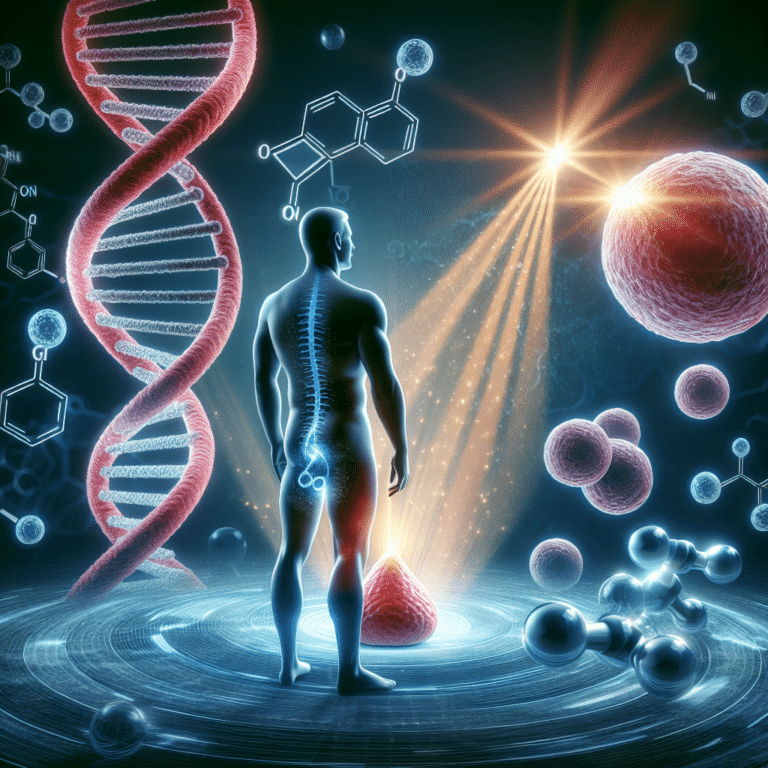Summary
- A study included 108 patients assessed gene expression in patients with prostate enlargement after receiving finasteride or doxazosin.
- Finasteride and combination drug regimens significantly altered gene expression of patients over time, with 398 differentially expressed genes for finasteride, 4 genes for doxazosin, and 28 genes for combined therapy.
- The gene expression changes were associated with pathways related to androgen response, fatty acid metabolism, and biosynthesis of unsaturated fatty acids.
- Patients clinically resistant to finasteride showed different global patterns of altered gene expression compared to responsive patients, suggesting underlying differences in response mechanisms.
- Factors such as prostate transition zone volume, race, and baseline gene expression were associated with clinical resistance to treatment within patients who developed a transcriptional response.
Prostate enlargement is a common condition in older men that can lead to bothersome lower urinary tract symptoms (LUTS) and affect their quality of life. A recent study investigated the effects of two types of medications, finasteride and combination therapy, on gene expression in patients with prostate enlargement. The study included 108 patients with an average age of 62.7 years who were experiencing LUTS. The researchers looked at the changes in gene expression after treatment with finasteride, doxazosin, and a combination of the two.
The findings revealed that finasteride and combination therapy significantly altered gene expression in the patients over time. The researchers identified several genes that were differentially expressed in response to the treatments, with many of the genes being down-regulated. The study also found that patients who responded to finasteride and combination therapy showed distinct patterns of gene expression compared to those who did not respond.
Further analysis focused on patients who developed a transcriptional response to the treatments. The researchers found that baseline gene expression levels were associated with the patients’ clinical response to the treatments. Patients with higher gene expression related to kinase pathways at baseline were more likely to respond to finasteride treatment. Additionally, patients with larger prostate transition zone (TZ) volume were more likely to be resistant to the treatments.
The study also investigated individual genes that were significantly different between patients who were clinically resistant and responsive to finasteride and combination therapy. The researchers identified several genes that showed more pronounced expression changes in the clinically responsive group compared to the resistant group. For example, genes like FKBP5 and SLC1A4 showed increased expression in the responsive group compared to the resistant group.
In summary, the study showed that gene expression plays a role in determining the clinical response of patients with prostate enlargement to finasteride and combination therapy. Patients with specific gene expression profiles at baseline were more likely to respond to the treatments, while those with larger TZ volume were more likely to be resistant. Understanding the molecular characteristics associated with treatment response can help personalize treatment options for patients with prostate enlargement.
Urology, Internal Medicine, Oncology


